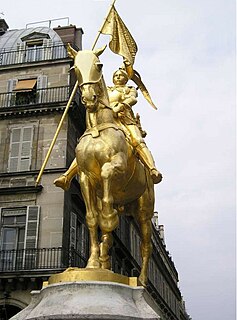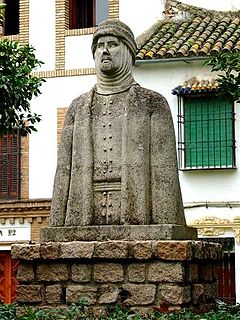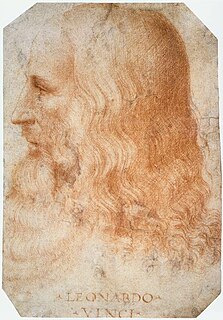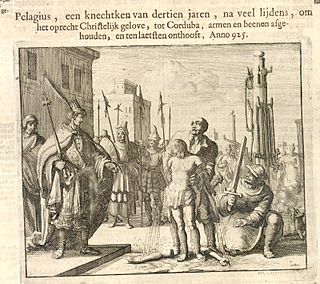 W
WAdelphopoiesis, or adelphopoiia from the Greek ἀδελφοποίησις, derived from ἀδελφός (adelphos) "brother" and ποιέω (poieō) "I make", literally "brother-making" is a ceremony practiced historically in Christian tradition to unite together two people of the same sex in a church-recognized relationship analogous to siblinghood.
 W
WAelred of Rievaulx ; also Ailred, Ælred, and Æthelred; was an English Cistercian monk, abbot of Rievaulx from 1147 until his death, and known as a writer. He is regarded by Anglicans and Catholics as a saint.
 W
WAlcuin of York – also called Ealhwine, Alhwin, or Alchoin – was an English scholar, clergyman, poet, and teacher from York, Northumbria. He was born around 735 and became the student of Archbishop Ecgbert at York. At the invitation of Charlemagne, he became a leading scholar and teacher at the Carolingian court, where he remained a figure in the 780s and 790s. During this period, he perfected Carolingian minuscule, an easily read manuscript hand using a mixture of upper- and lower-case letters. Latin paleography in the eighth century leaves little room for a single origin of the script, and sources contradict his importance as no proof has been found of his direct involvement in the creation of the script. Carolingian minuscule was already in use before Alcuin arrived in Francia. Most likely he was responsible for copying and preserving the script while at the same time restoring the purity of the form.
 W
WJoan of Arc, a French historical figure executed by the English for heresy in 1431, is a national heroine of France and a Roman Catholic saint. Joan accompanied an army during the Hundred Years War, adopting the clothing of a soldier, which ultimately provided a pretense for her conviction and execution. Whether her crossdressing and lifestyle have implications for her sexuality or gender identity is debated.
 W
WAl-Hakam II ; January 13, 915 – October 16, 976) was an Arab Caliph of Córdoba. He was the second Umayyad Caliph of Córdoba in Al-Andalus, and son of Abd-ar-Rahman III and Murjan. He ruled from 961 to 976.
 W
WThe personal life of Leonardo da Vinci has been a subject of interest, inquiry, and speculation since the years immediately following his death. Leonardo has long been regarded as the archetypal Renaissance man, described by the Renaissance biographer Giorgio Vasari as having qualities that "transcended nature" and being "marvellously endowed with beauty, grace and talent in abundance". Interest in and curiosity about Leonardo has continued unabated for five hundred years. Modern descriptions and analysis of Leonardo's character, personal desires and intimate behavior have been based upon various sources: records concerning him, his biographies, his own written journals, his paintings, his drawings, his associates, and commentaries that were made concerning him by contemporaries.
 W
WLut, known as Lot in the Old Testament, is a prophet of God in the Quran. According to Islamic tradition, Lot was born to Haran and spent his younger years in Ur, later migrating to Canaan with his uncle Abraham. He was sent to the cities of Sodom and Gomorrah as a prophet, and was commanded to preach to their inhabitants on monotheism and the sinfulness of their lustful and violent acts.
 W
Wal-Mu'tamid Muhammad ibn Abbad Ibn Ismail al-Lakhmi was the third and last ruler of the taifa of Seville in Al-Andalus. He was a member of the Abbadid dynasty.
 W
WPelagius of Córdoba was a Christian boy who died as a martyr in Córdoba around 926.